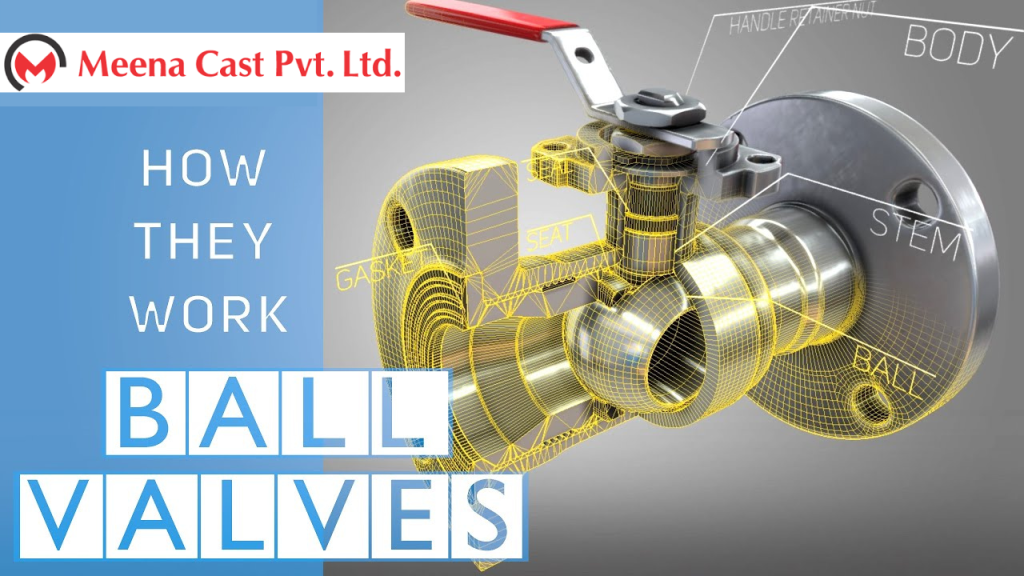Although you all know that there are many types of castings available in the market Today, if we talk about investment casting, then it is a very rare product process.
It helps to produce precision components for industries while minimizing material waste, energy, and machining work required to manufacture any product.
The wax is melted to perform any casting process the metal wax is poured into the cavity that helps to shape it. Once the metal has solidified, the metal is ejected by breaking the mold.
Once you have started the investment casting process, with the help of wax and other suitable patterns, you can stop the fire, which hardens the material to be manufactured and hence helps in increasing its thickness and strength.
Investment casting is used for
However, many reading here would know that investment castings are used for a wide range of small and large-scale applications. Today it is being used worldwide because apart from this, very large commercial components are also manufactured using investment casting.
It is clearly told by experts that investment casting manufacturers use different metals like nickel, steel, and aluminum in it which helps in giving it more strength and is making it popular all over the world today.
Investment casting process steps
Step 1: The first step in the investment casting process is to make patterns out of wax, which is then poured into a product die and molded into shape using product-based molding.
Step2: Now, you have to cast the metal and other material into investment casting tooling to become the product after the pattern is created.
Step3: This step of investment casting, called tree assembly or tree assembly, will require you to disassemble all those metal pieces.
Step4: After all the metal pieces have been soldered, shield castings have to be added, after which the tree should be dipped in a ceramic and plaster solution and left to dry for some time.
Step5: In this step, you have to heat the wax, for which you are also using steam so that you can remove the liquid wax and use it again to create new wax patterns.
Step6: After the wax has been removed, the product will have an open space, the metal is mixed with many other materials, and the materials are kept in the casting until they cool down.
Step7: After completion of this, the shield casting is removed with the help of a tool, and the workpiece is cut according to the experts.
Step8: Once the workpiece is ready, it is examined by an expert, and if any defects are noticed, it is discarded. Apart from this, in this final stage, the product is passed through various finishing methods.
Also read: How Do You Make Nickel Alloy?
Advantages of investment casting
- If you want to manufacture extremely complex parts, investment casting allows you to get the specialty as one piece.
- Its biggest advantage is that the manufacturer can achieve the accuracy of the lost wax, which makes it easier to achieve tight tolerances.
- Investment casting boasts an excellent surface finish compared to other casting processes, which are typically up to 1.3 microns.
- Investment cast makes the process of metals with high temperatures particularly attractive if you require high freedom when casting the material.
- You can reuse the same wax for investment cutting.
- In investment casting, you do not need additional machining even for manufacturing complex parts, as 1 mm is sufficient.
Last Words
Today investment casting is being used on a large scale around the world because it is much more effective and easier than other casting processes that easily create complex to complex applications, and our main objective in explaining all this was that One should also use investment casting so that he can get the right information and help in making the necessary strategy.



